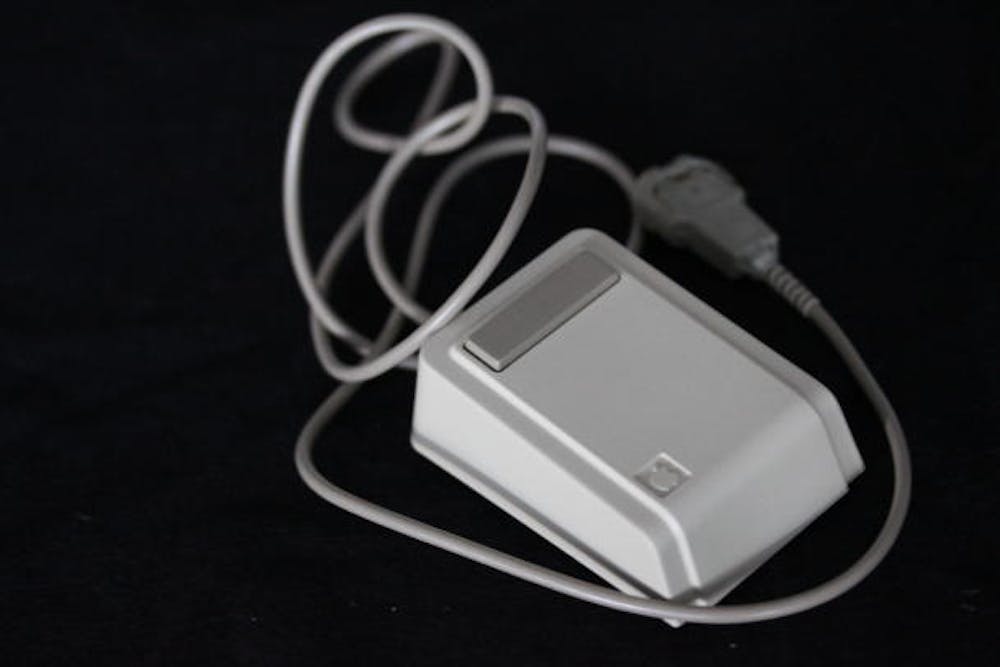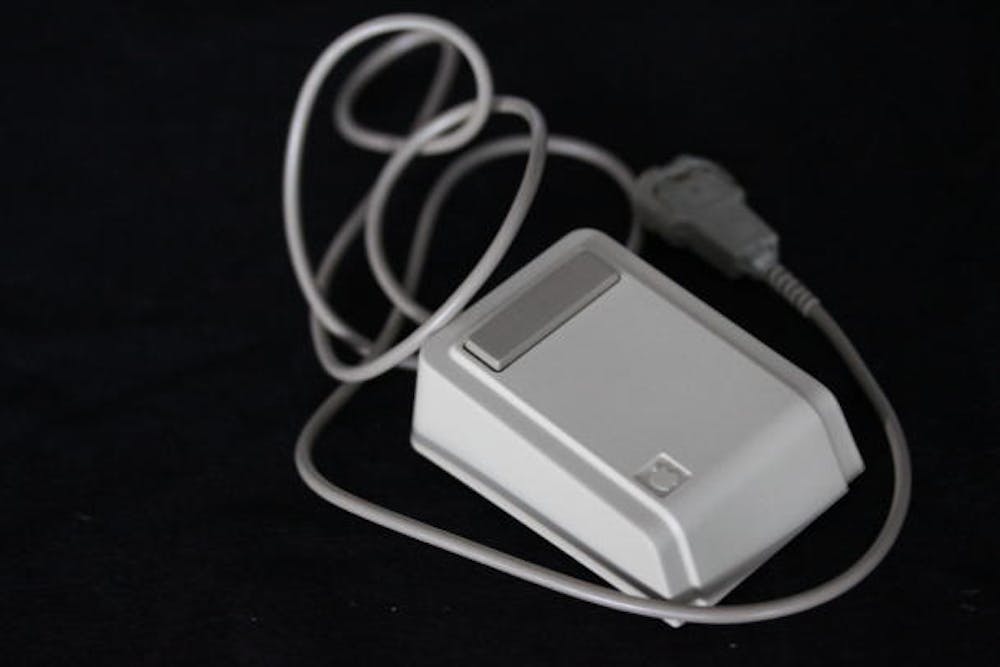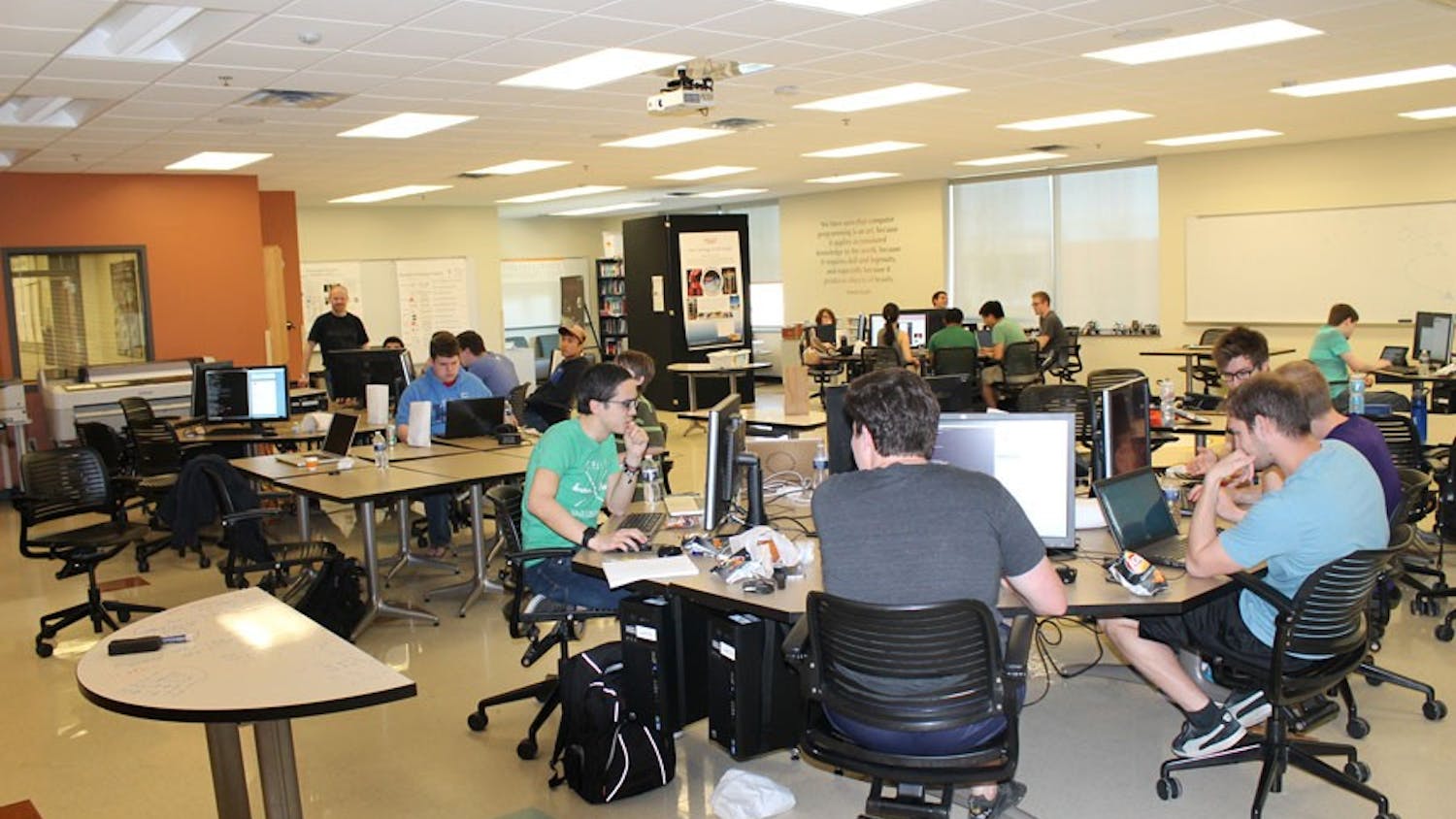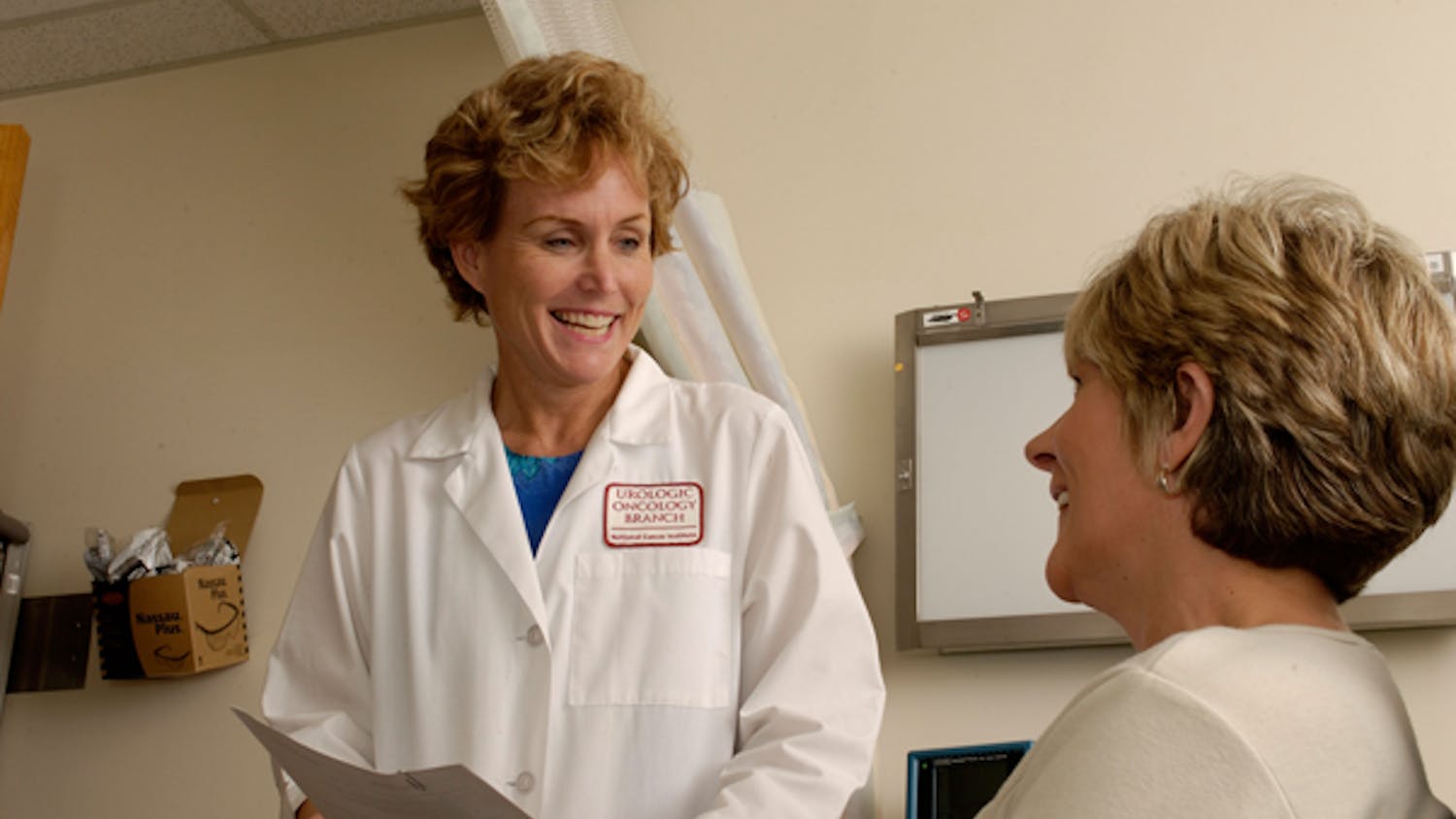By Nathan Sturgis | Echo
After being lost for 13 years, archeologists have found another piece of Steve Jobs' legacy.

A time capsule Jobs buried at International Design Conference in Aspen, Colo., was found on Sept. 20. The capsule was supposed to have been unearthed in 2000, but it was lost due to changing terrain.
one of Jobs' speeches at the conferenceWhile not very significant in and of itself, the recovered mouse is another piece of the entrepreneurial legacy left by Steve Jobs.
The mouse itself was not an original invention. The concept came from Xerox's Palo Alto Research Center (PARC) in California. Jobs visited there in late 1979, according to The New Yorker, and found many of the ideas he used in creating Apple's computers.
"He wasn't a computer scientist. Steve Wozniak was the one who designed the Apple I and II," said Tom Nurkkala, Taylor computer science professor and Mac-aficionado. "(Jobs) identified the trends that were coming and used that technology to bring those capabilities to a bunch of people, without . . . them all having to get computer science degrees."
Nurkkala said that one of Apple's key strengths was it's ability to recognize good technology and market it.
"(Apple) thinks clearly about good design, good user experience and just the utility of the devices they're creating; again, not for computer scientists (but for everyone else)," Nurkkala said.
Students have also noticed Apple's marketing prowess.

"(Apple) really brought aesthetics to computing," said senior Chandler Birch, a long-time Mac user. "Apple treats its customers as people who like pretty things. They could make a mechanical pencil look like a revolutionary aspect with nothing but packaging. And that carries over into their products, too. When Apple got big, it was because Windows was functional and Apple was beautiful."
This is shown quite clearly in Apple's 1984 Super Bowl commercial, where the company showed a woman rebelling against a George Orwell's "1984"-inspired society.
The Aspen Times




